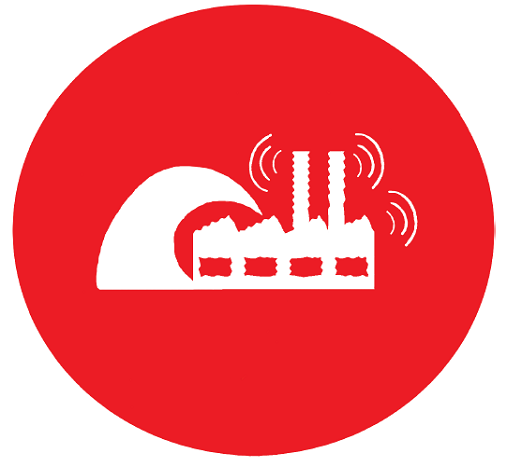We are appreciative of the work performed in French by BARPI (Bureau d’Analyse des Risques et Pollutions Industriels) of the French ministry of sustainable development on natech accidents stemming from the Tokohu seism and the ensuing tsunami that occurred in March 2011. This is an input to the accident database Aria (Analyse, Recherche et Information sur les Accidents). This analysis covers accidents at sites in multiple industries on top of defining natech accidents as technological accidents caused by a natural event.
 The analysis provides aggregate data on products most often involved in accidents stemming from a seism or from submersion by water. A detailed description of tsunami is made. This panorama covers :
The analysis provides aggregate data on products most often involved in accidents stemming from a seism or from submersion by water. A detailed description of tsunami is made. This panorama covers :
- manufacturing sites
- automotive assembly
- cement
- chemicals production
- electronics
- food processing
- glass making
- metal work
- oil refinery
- steel making
- wood transformation
- logistics sites
- airports
- harbors
- warehouses
- utilities sites
- power plants
- water treatment
- hydraulic works of engineering
- dams
- embankments.
The portion devoted to lessons learned with regards to seismic, natech and water submersion risks is one of few elements of information for these low probabilitry but high severity hazards. Individuals responsible for health and safety who care for best available techniques should factor this analysis in their sources of information on hazards.
This document is slightly over 100 pages and weighs a lot because there are many pictures in the document.